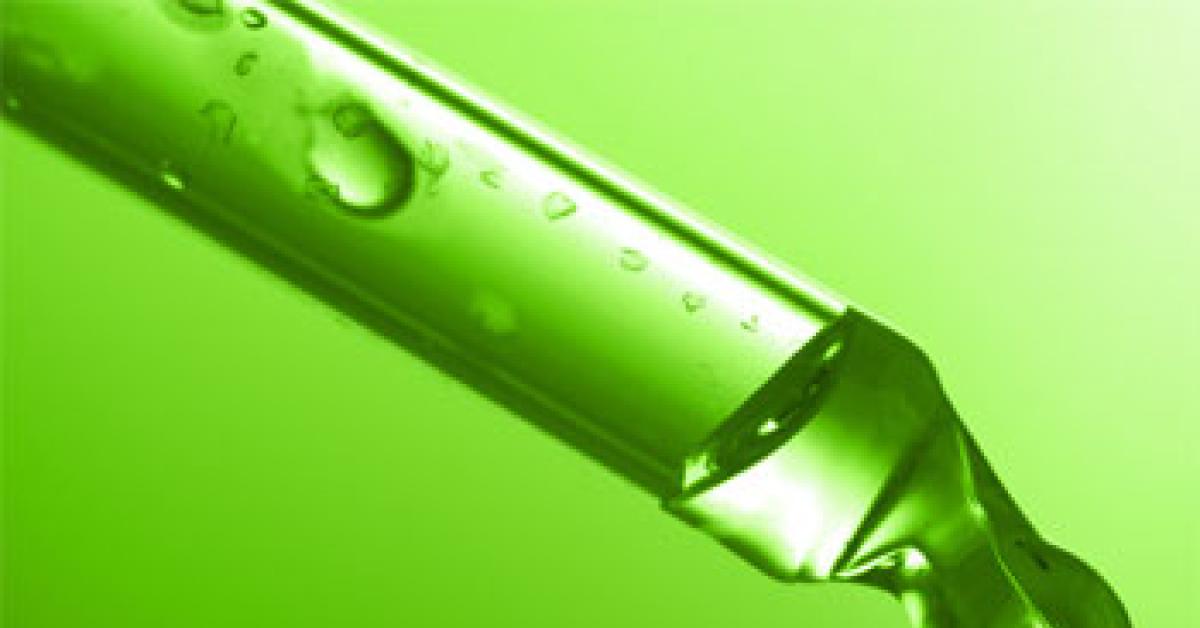CONCORD, N.C. — To get the most out of your stain removal efforts with the least amount of risk, you must take into consideration the unique characteristics of the garment. Foremost in these characteristics are the fiber content, the weave construction, the intensity and method of dye, and any ornamental trim.
The garments you receive are as varied as the fashion taste of your customer base. I once had a three-piece ladies suit that seemed to contain enough “hardware” to make a full set of harnesses for a team of Clydesdales. Unfortunately, stain removal is not one size fits all. The stain removal specialist must quickly assess the garment and make decisions on a course of action based upon the characteristics I listed.
The fiber is the smallest part of the thread/yarn that makes up the fabric, and the various types are classified by their origin.
Cellulose fibers come from a plant and are reasonably durable. This fiber is sensitive to acid pH, so you must neutralize any tannin or rust remover as quickly as possible. Experience has shown me that a large number of cellulose items contain surface dyes that are easily disturbed by the mechanical action used in stain removal.
Protein fibers come from an animal and are easily damaged by alkaline pH, so you must neutralize any protein formula as quickly as possible. This also means that any salt (perspiration) or alcohol (mixed drink or perfume) can damage the fabric and may not be noticeable until after the loosened dye is flushed away during cleaning. Never use chlorine bleach on a protein fabric, as it will produce an irreversible chemical burn.
Silk grows weak when wet, so go gently with mechanical action when spotting wet-side.
Be aware that low-twist yarns are common in wool and its “cousins,” which can lead to pilling if subjected to aggressive mechanical action during spotting.
There are a multitude of synthetic fibers; examples are nylon, spandex, acrylic, acetate and polyester. All are products of modern chemistry and are heat-sensitive to some degree. Steam is hot, so take a hint.
Acrylic is so sensitive that it can lose its shape just by pulling it across the spotting board while still warm. Most synthetics can trace their origin back to petroleum, and there is additional difficulty in removing oily stains from these garments.
Rayon is a hybrid; it is cellulose (wood pulp) that has been treated with chemicals to break down into individual fibers. It is subject to color loss, weakening when wet, and damage from acid pH. Time and patience are required for successful supplemental stain removal in rayon.
Fabric construction will weigh heavily on the choices you can safely follow when performing supplemental stain removal.
A plain weave is when the yarn is woven with one over, one under, the horizontal yarn at a 90-degree angle to the vertical yarn. A twill weave is when the yarn is woven with one over, one under, the horizontal yarn at a 45-degree angle to the vertical yarn. Both these constructions are reasonably stable and thus can endure mechanical action well.
Chiffon is an ultra-sheer plain weave that is prone to snags and yarn slippage. You should cover the bristles of the brush with a cloth, or purchase a “padded” brush, for tamping chiffon.
Satin is a type of construction, not a fiber. It produces a sheen by going over one, under four, with the yarn. This floating weave makes satin prone to yarn slippage when mechanical action is applied. Satin should be worked from the underside; a padded brush reduces the risk of yarn slippage. Like chiffon, never brush—tamp only.
Velvet is commonly seen in two fibers: cotton and acetate. Cotton velvet is a delicate in the eyes of the stain removal specialist. Work the stains from the surface side with little or no mechanical action. When using steam, double your distance to 6-8 inches away to reduce the chance of disturbing the surface appearance.
When you are presented acetate velvet to clean and spot, stop and think. To say that acetate velvet responds poorly to any moisture is a gross understatement. Acetate velvet maintains its appearance (nap standing) through the use of a sizing that in most cases is water-soluble. Moisture and any pressure will cause the nap to collapse, and this condition is difficult to restore.
Color is probably the first thing you notice about a garment. The darker, deeper, more intense the color, the easier it is to leave a light area after mechanical action. You should also judge the probable method of dyeing. Ask yourself if the garment appears to contain an excess of surface dye. Take a dry, white towel and wipe over the surface of the garment. Any trace of dye remaining on the cloth is a warning as to the result of using steam and mechanical action in supplemental stain removal.
Often a designer/manufacturer will add decorative trim to make the garment more appealing to the consumer. There are various ways to attach trim: paint, adhesive, sewing and metal prongs are only a few. Decorative trim must be protected. Routinely using a POG on an ink mark could damage the painted trim. Steam and pressure could loosen trim that is glued on the garment’s surface.
Evaluating each garment in relation to fiber content, construction, color and trim takes only seconds. Making that evaluation a part of your stain removal protocol will make your supplemental stain removal safer, quicker, and more effective.
So, a customer presents a navy rayon blouse, chiffon construction with glued-on glitter along the button placket and a half-dollar-size mustard stain at the third button from the bottom. How do you proceed?
Have a question or comment? E-mail our editor Dave Davis at [email protected].

